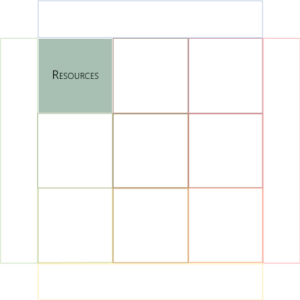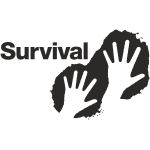
Transform a Tourism Business by Uncovering Industry Secrets and Embracing Success-Driven Strategies

Benchmarking
12 Questions to Transform a tourism business through industry secrets and success strategies
Key to Success
In this section, we would like to make sure that Small and Medium-sized Tourism Enterprises (SMTEs) should be aware of the following:
- Understanding how benchmarking can identify best practices and areas for improvement and measure and compare business performance against industry standards and competitors.
- The importance of data analysis in benchmarking includes collecting and analyzing data on key performance indicators to identify areas for improvement and measure their performance against industry benchmarks.
- The role of collaboration and knowledge-sharing in benchmarking includes collaborating with industry partners and stakeholders, such as trade associations and destination marketing organizations, to share best practices, insights, and data and to promote adopting industry standards and best practices.
Accomplishments
In this step, we’ll:
- Identify the best practices of business our competitors are doing.
- Highlight the approaches we can improve.
- Find gaps between market leaders and us.
Time-Saving Tools
We’ll complete all sections of this chapter more quickly if we have any of the following handy:
- The tourism destination market plan and strategic plan.
- The trade travelers and other relevant stakeholders.
- Tourism road maps offered by the tourism destination
- Benchmarking innovation initiatives in the tourism destination.
- Risk analyses about innovation initiatives.
- All documents could be applied to find relevant information.
Presentation
Benchmarking is a process of comparing their performance with that of their competitors or other businesses in the tourism industry. By benchmarking our performance, SMTEs can identify improvement areas, set performance targets, and track progress over time.
Here are some key things Small and Medium-sized Tourism Enterprises (SMTEs) should keep in mind about benchmarking:
- Identify relevant benchmarks: Small and Medium-sized Tourism Enterprises (SMTEs) should identify benchmarks pertinent to our business and industry. This could include financial benchmarks, such as revenue per available room (RevPAR), or operational benchmarks, such as traveler satisfaction ratings.
- Collect and analyze data: Small and Medium-sized Tourism Enterprises (SMTEs) should collect data on our performance and that of our competitors. This data can then be analyzed to identify areas where we are underperforming or where we have a competitive advantage.
- Set targets: Once Small and Medium-sized Tourism Enterprises (SMTEs) have identified areas for improvement, we should set targets for performance based on the benchmarking data. These targets should be realistic, achievable, and challenging enough to drive improvement.
- Monitor progress: Small and Medium-sized Tourism Enterprises (SMTEs) should monitor our progress over time to check if we meet our performance targets and identify areas for improvement.
Overall, benchmarking is a valuable tool for SMTEs to improve their performance and stay competitive in the market. By comparing our performance with our competitors and identifying areas for improvement, SMTEs can make strategic decisions that will drive growth and success.
GUIDING QUESTIONS
How can we promote responsible and sustainable practices throughout our benchmarks? Implementing eco-friendly initiatives and supporting local communities will contribute to small tourism enterprises' long-term success and reputation within our benchmarks.
YScala
A suggestion of guiding questions that are not intended to exhaust the topic:
- What are our sustainability practices comparable to our competitors?
- What are the different business model types that market leaders practice?
- What is the strategic advantage of market leaders we can also get?
- What are the differentiations of market leaders compared to our business (product or service)?
- What processes are practiced by market leaders that we can also practice (purchase – production – communication – promotion – sale – traveler service, and more)?
- What are leading organizations performing better than ours?
- What financial benchmarks, a set of key performance indicators (KPIs), are used to measure financial performance in our industry, and how does our business compare to them?
- How competitive are our travel technology, customer relationship technology, and general management technology comparable to our competitors?
- How competitive are we: a) average daily rate; b) travelers’ average length of stay; c) traveler satisfaction ratings; d) online presence and social media engagement; e) marketing and advertising expenses; f) industry’s average employee turnover rate; g) energy consumption; h) occupancy rates; comparable to our competitors?
- Where should we focus on improvement activities?
- What is our plan for continuous benchmarking?
These questions can help Small and Medium-sized Tourism Enterprises (SMTEs) identify improvement areas and set performance targets based on benchmarking data. Therefore, collecting and analyzing data regularly ensures the business stays competitive and meets traveler needs.
Let your like and recommend this post to improve your audience!
Share this post with friends, colleagues, or anyone else who might be interested.
Comments:
We invite you to engage with our community, share your perspectives, and contribute to this meaningful conversation by commenting below. Your experiences and ideas can help others in their sustainable tourism development management journey.













